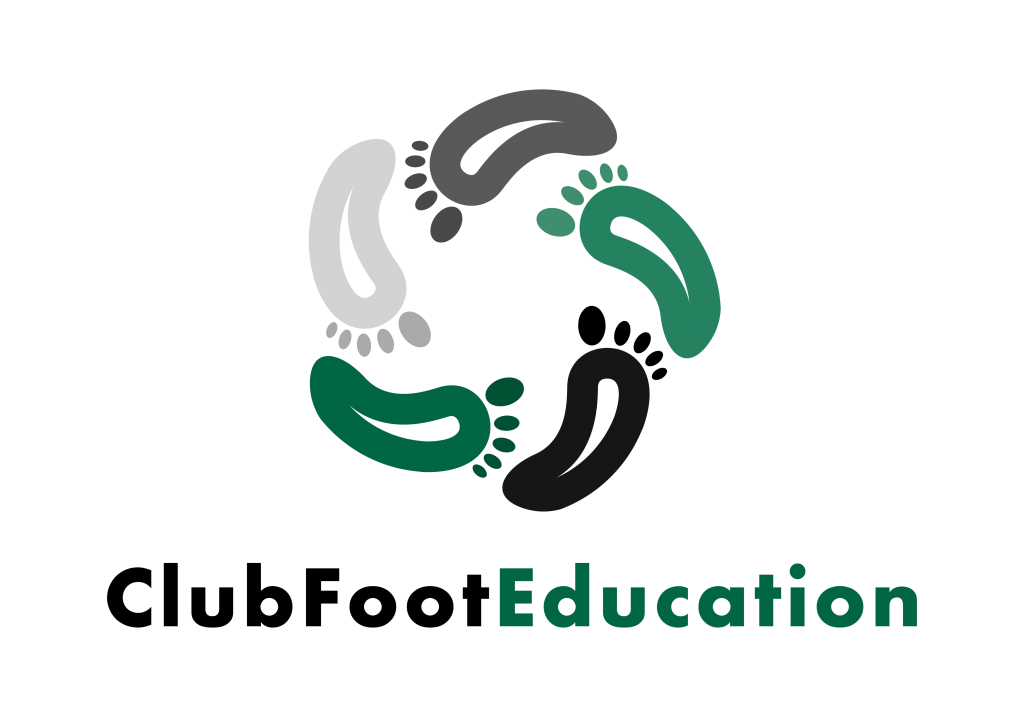Clubfoot Treatment
Historical Perspective
The treatment of pediatric clubfoot has evolved over the past several centuries. The first written description of clubfoot treatment came from Hippocrates, a Greek physician. Rather than correcting the foot to the normal positioning, Hippocrates described overcorrection of the affected joint through a series of manipulations of the affected foot soon after birth. After each correction was made, the foot was wrapped with a strong bandage in order to maintain correction. In the 16th century, French surgeon Ambroise Pare and Spanish surgeon Francisco Arceo de Fregenal both emphasized stretching and each created orthopedic boots. Francisco Arceo de Fregenal described a method of dislocating the foot, wrapping it in bandages, then placing the boot on the patient. Arceo de Fregenal’s boot consisted of a wooden sole, wooden splints, and bandages. Ambroise Pare’s orthopedic boot had a wedged sole that was higher on the inner side of the foot in order to discourage the foot from turning inward. During the 18th century, English surgeon William Cheselden created Scarpa’s shoe, a mechanical device that held the foot in place after dislocation and forceful manipulation of the foot. He believed that clubfoot was caused by dislocation of the forefoot. Within the same century, the approach to clubfoot treatment began to shift to a focus on ligaments.
In 1806, Timothy Sheldrake described clubfoot as a deformity caused by both ligaments and muscles. By the 1820s, a procedure called percutaneous achilles tenotomy was being used to treat pediatric clubfoot. This procedure involved inserting a knife into the back of the foot, where the Achilles tendon is located, and cutting the tendon so that the foot can be manipulated. Then, with the development of anesthesia and radiographic imaging came more radical surgeries that involved manipulating various muscles of the legs and foot. While some of these methods of treating congenital clubfoot were successful, they were limited by increased cost, increased risks, and variable rates of relapse.
Today, congenital clubfoot may be treated non-surgically or surgically. Surgical treatment may promote stiffness of the foot and joints, so non-surgical treatment is the preferred approach.
The two most commonly used non-surgical methods are the Ponseti method and the French method.
Non-Surgical Treatment
The French Method
The French method is also known as the functional physical therapist method. This method involves daily visits with a physical therapist, during which the newborn’s foot is stretched and manipulated, and the muscles of the foot are stimulated. The foot is also temporarily immobilized with elastic taping. The child gradually transitions from daily physical therapy visits to exercises managed at home. In some cases, the child will eventually require a percutaneous Achilles tenotomy procedure. The greatest limitation of the French method is that it does not necessarily eliminate the need for surgery.
The Ponseti Method
The Ponseti method was developed by Dr. Ponseti, an orthopedic surgeon, in 1963. It is a cost-effective approach to the treatment of congenital clubfoot. This method involves two phases: a casting phase and a bracing phase. During the casting phase, the foot is manipulated and placed in a cast each week. After approximately 5 casts, most patients will require a percutaneous Achilles tenotomy. Afterward, the final cast will be put on the foot for 2-3 weeks. At the end of these weeks, the foot should be in its final aligned position. The alignment of the foot will be maintained during the bracing phase. During the bracing (also called maintenance) phase, the child will wear an orthotic brace for 23 hours each day for 3 months. After the first three months, the brace is worn nightly for 2-4 years.
Percutaneous Achilles Tenotomy
A percutaneous Achilles tenotomy is a minimally invasive procedure that is often a component of clubfoot treatment. This procedure involves making a small cut in the Achilles tendon, which is located at the back of the foot. The Achilles tendon is very tight, so cutting the tendon allows the surgeon to manipulate and further align the foot. This procedure can be performed in an outpatient clinic and the site of the cut through the skin heals within weeks.
Surgical Treatment
Tendon Lengthening
Tendon lengthening is a surgical procedure that is usually performed when a percutaneous Achilles tenotomy is unsuccessful. The lengthening procedure involves cutting the Achilles tendon and then manipulating in order to lengthen it and restore its normal positioning. Unlike the percutaneous Achilles tenotomy, this surgery is performed under general anesthesia in a hospital.
Tendon Transfer
A tendon transfer is usually performed in children whose clubfoot relapses after initial treatment with the Ponseti method. In these cases, the foot starts turning inward. This procedure involves transfer of the tibialis anterior tendon, which normally connects one of the lower leg muscles to a bone on the inner side of the midfoot. The tibialis anterior tendon transfer attaches this tendon to a bone on the top (dorsal) surface of the foot. In severe cases of congenital clubfoot, major reconstructive surgery, involving manipulation of multiple tendons, ligaments, and muscles, may be performed to correct the deformity.
